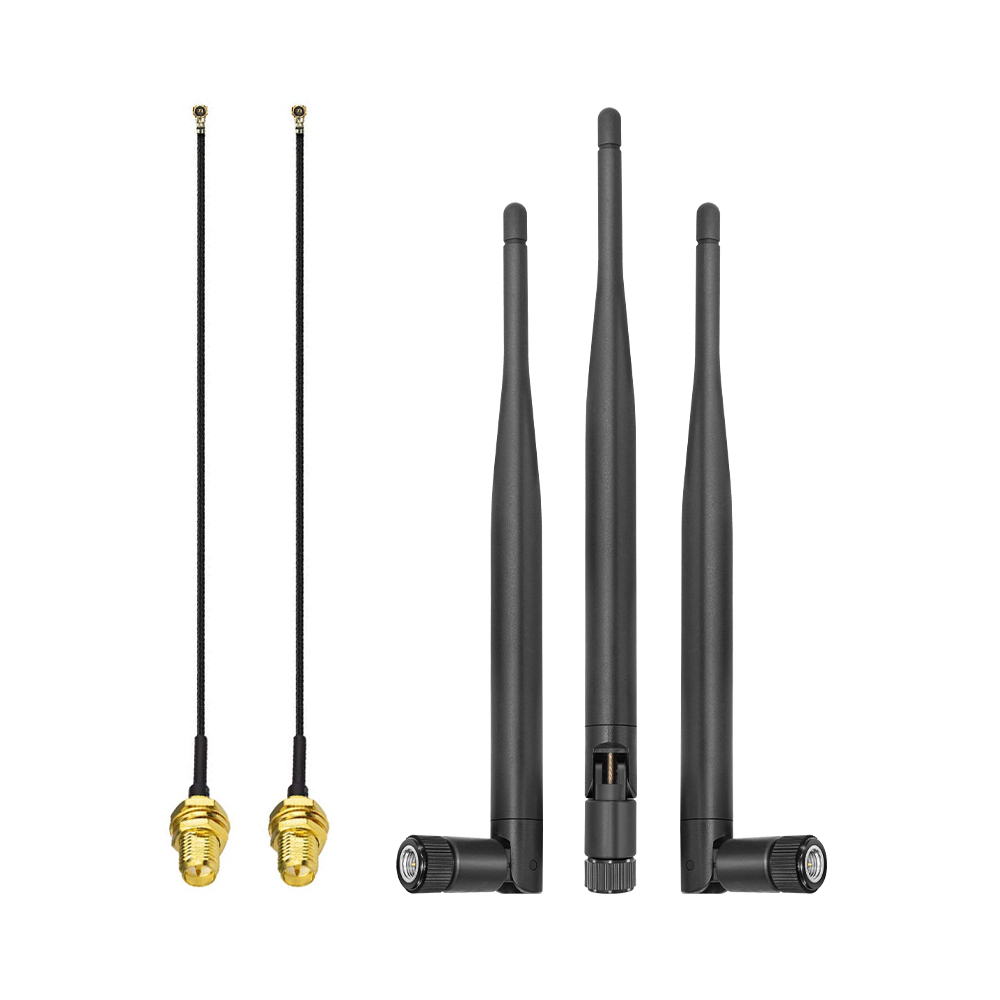The world of antennas has undergone a remarkable transformation over the years. From the rudimentary designs of the past to the sophisticated systems we rely on today, the evolution of antenna technology reflects the advancements in communication and connectivity. This article delves into the journey of antennas, highlighting their significance in modern technology.

Understanding Antennas: The Basics
At its core, an antenna is a device that converts electrical energy into radio waves and vice versa. But what makes antennas so crucial in our daily lives? They are essential for transmitting and receiving signals in various applications, including television, radio, and mobile communications. Without antennas, our ability to communicate wirelessly would be severely limited.
Historical Perspective: From Simple Wires to Complex Designs
The history of antennas dates back to the late 19th century when pioneers like Heinrich Hertz demonstrated the transmission of electromagnetic waves. Early antennas were simple wire structures, often resembling dipoles. As technology progressed, engineers began to design more complex antennas, such as parabolic dishes and phased arrays, which enhanced signal reception and transmission.
- Dipole Antennas: The simplest form, consisting of two conductive elements.
- Parabolic Antennas: Used for satellite communication, these antennas focus signals onto a single point.
- Phased Array Antennas: Allow for electronic steering of the beam, making them ideal for radar and advanced communication systems.
The Rise of 5G Technology
With the advent of 5G technology, the role of antennas has become even more critical. 5G networks require a higher density of antennas to support faster data rates and lower latency. This has led to the development of small cell antennas, which can be deployed in urban areas to enhance coverage and capacity. How do these advancements impact our daily lives? They enable seamless connectivity, supporting everything from smart cities to autonomous vehicles.
Future Trends in Antenna Technology
As we look to the future, the evolution of antennas will continue to shape the landscape of communication. Innovations such as massive MIMO (Multiple Input Multiple Output) and beamforming are set to revolutionize how we connect. These technologies allow for more efficient use of the spectrum and improved signal quality, paving the way for even more advanced applications.
For those interested in exploring a wide range of antennas, consider visiting  . This resource provides insights into various types of antennas available in the market today.
. This resource provides insights into various types of antennas available in the market today.
Conclusion
In conclusion, the journey of antennas from simple wires to advanced 5G solutions illustrates the remarkable progress in communication technology. As we continue to innovate and adapt, antennas will remain at the forefront of connectivity, enabling us to stay connected in an increasingly digital world. Understanding this evolution not only highlights the importance of antennas but also prepares us for the exciting future of communication technology.








